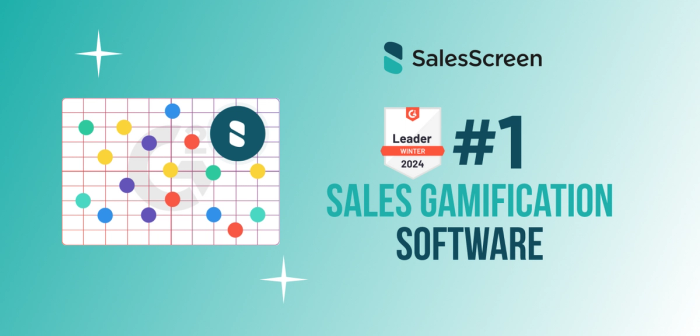Company culture is the personality of a company. It defines the environment in which employees work. Company culture includes a variety of elements, including work environment, company mission, value, ethics, expectations, and goals. — TheBalance.com
Hire for skill and fit
Every company has it’s own unique culture, which is a direct representation of its employees and their attitudes about the company. At Google for instance, they call it Googliness… it’s not an easy word to describe but every employee knows what it is. Likewise, when you hire, you should be looking for employees who fit the vibe and culture of your company and have the required skills to not just succeed, but to excel.
What defines your company? Is your culture young and fun? Bold and serious? Tech nerds with an attitude? Whatever it is, you need to understand what defines your people and you need to hire other people like them. There’s an old saying that you should always hire A players because A players find, recruit, and hire other A players. They want to work with others who they know are willing to go above and beyond “average expectations” in order to make the company successful. By hiring the right people, you are creating the foundation for a good culture.
Have leaders who set the example
Leadership is the most important skill in management because it sets the tone for others to emulate. Leading from the front shows people that you understand them, you care, and you are also sacrificing for the betterment of the organization.
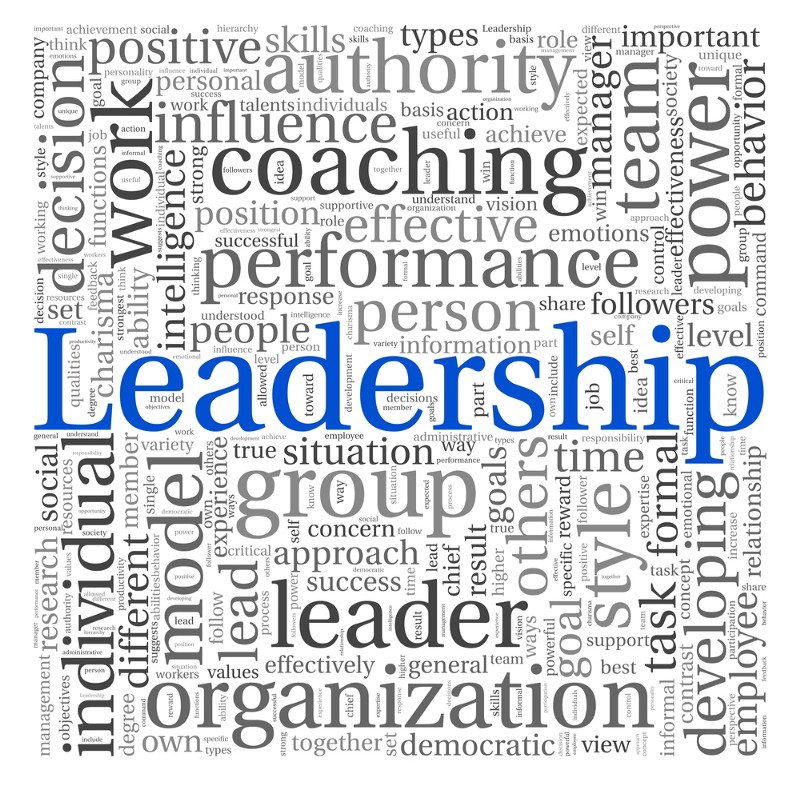
Let’s be honest: if your leaders are lazy, your employees are unlikely to have the motivation to strive for something “above and beyond” expectations. But, if your leaders are caring, inspirational and passionate about what they do, then they will have a tremendous impact on growth and professional development within the organization. In order to lead a sales team, there are a few important steps:
Set clear goals and define expectations.
Measure performance and make employees aware of their progress.
Allow flexibility. Don’t overburden or micromanage.
Create a sense of purpose. Everyone should know what impact their work has.
Reward and celebrate! When goals are achieved, build cohesion and team spirit by celebrating together.
Employ a data-driven strategy
We have reached the point where data-driven processes will make or break a company. Technology is literally the second biggest difference-maker in business today, just behind people. Great organizations don’t just tie a blindfold around their heads and throw darts at the wall anymore, taking random guesses at who to call next or which customer is most likely to close. Technology provides those answers… and if you’re not building a culture around strong tech and data-driven strategy, you’re going to find yourself in a very unfavorable position.
In a world of constantly changing data and shifting market trends, it is almost impossible to over-emphasize the importance of good data visualization software. Information is only useful when it is understood.
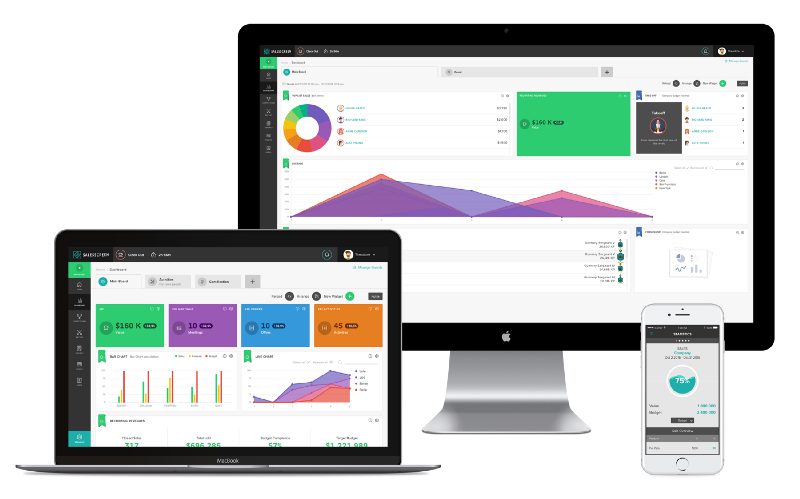
Researchers at the University of Pennsylvania School of Medicine have determined that the human retina can transmit data at roughly 10 million bits per second — about the same rate as an Ethernet connection. However, most business reports are still compiled in boring charts, graphs, and spreadsheets, rather than in exciting real-time displays. This means that much of the potential to really understand and visualize changing trends is lost. We live in a data-driven world where timely information is the key to success. Help your organization to build great culture by switching to something that allows users to see and interact with massive amounts of live data.
Set clear goals based on metrics
If you’ve followed the step above and have implemented a data-driven strategy, then you need to create clearly defined targets for your sales teams, based on the metrics provided within the data. On average, how many calls are emails are required to get a face-to-face meeting? How many meetings are required to send an offer? And then once the offer is sent, how much follow-up and in which medium is required to close the deal? You need to have these answers and you need to set your goals around them. But keep in mind, it’s not always just about the sale. Recent studies show that the number of meetings is the most important indicator in closing a deal, not how soon the offer is sent or how many times you contact the prospect.
Every organization is different and as a sales manager, your job is to find out what activities lead to results, and then to create clear and simple goals for each salesperson so that they can follow a simple step-by-step plan that leads to success, instead of staring at the long-distance target and wondering how to get there.
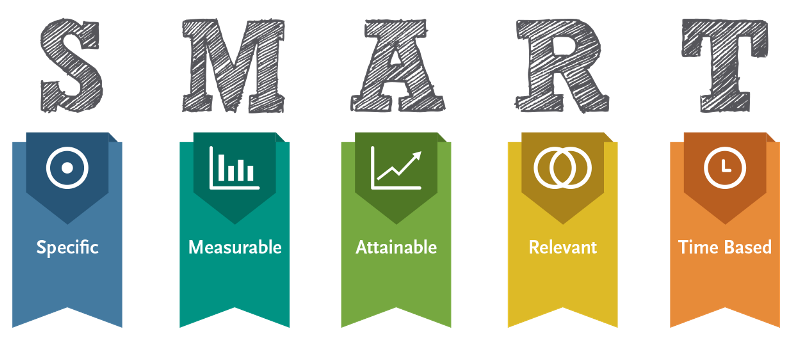
Create fun, cohesion and team spirit in the workplace
Clearly, the interaction between employees is a huge indicator of workplace culture. Do your employees enjoy being around each other? Do they hang out together outside of work? Is their tone positive and upbeat, or do they belittle the management and complain about orgizational structure when nobody is around? There’s the old saying “the beatings will continue until morale improves”, but clearly that’s nothing more than an office joke. How can you build a fun, cohesive work environment?
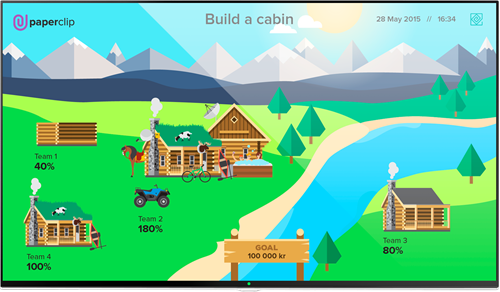
For starters, have plenty of team activities, fun days and ways to celebrate everyone’s performance. When someone completes a sale, clap for them, high-five them, acknowledge them. Although it sounds silly, these are the building blocks for building a thriving sales culture. Even if you take away the leaderboards, gamification, sales bells, gongs, and incentives, at the core you should still have people who celebrate the performance of their colleagues. In order to build that, you need to build teamwork, trust and caring relationships.
Some companies try an annual picnic at an amusement park or something to “enhance culture”, but it’s often just a lame half-assed attempt rather than being personal and intentional with colleagues on a regular basis. At the end of the day, people want to feel that they are cared for year-round, not just at Christmas and the annual summer gathering. It requires daily conversations, 1-on-1 relationships and regular interaction. Creating TRUE cohesion is not easy… it’s a daily task and all of the small things matter. So, eat lunch together, celebrate together, care about each other’s personal development and have genuine conversations. All the bells and whistles are great add-ons… but it starts with people caring about other people.
Encourage healthy competition
Why is competition so interesting? Why do people participate in sports or watch reality TV shows? Why do we run faster when someone is running next to us? Simply put, competition is fun and interesting… it gives us something to chase after and a reason to work harder. Healthy competition in the workplace can be a great thing for productivity, engagement, motivation and culture; but it has to be done right.
If the same people are always winning, competition becomes “no fun”. If the goals are too hard to reach, the competition becomes “no fun”. And, if there is no celebration, recognition, prize or acknowledgement for winning, then the competition becomes “no fun”. So, how can companies encourage good, healthy, friendly, fun competition?
Here are a few quick tips from our recent article on how to run a great sales contest:
- Keep the sales contests short and simple.
- Have a clear short-term objective.
- Keep the momentum of the contests going with fun rewards and regular feedback.
- Get the leadership involved.
- Show results in real-time.
- Make sure the rewards are meaningful by understanding the inner motivations that drive your salespeople.
Remember, the rewards don’t have to be big! Sales contests are motivating because of the thrill of the chase and the chance of winning… so ensure that everyone has an equal chance at winning by varying up the length, rules and team setup of your competitions. With summer just around the corner, you can download our “5 Amazing Summer Sales Contests” from the sales library to get some ideas flowing.
Focus on good coaching, rather than activity management
While activity in the pipeline is great, it’s much more important to ensure that it’s the right type of activity, based on sound fundamentals and good coaching. The best salespeople are those who seek mentorship, guidance and instruction… because, let’s face it, everyone needs help in understanding the product and the best way to reach potential customers. So, by providing coaching, you can concentrate your efforts on building a more effective, unified team that is all working from the same sheet of music.
According to a recent study by the Harvard Business Review, sales coaching can be incredibly effective if you target your core performers properly. “The real payoff from good coaching lies among the middle 60% — your core performers. For this group, the best-quality coaching can improve performance up to 19%. In fact, even moderate improvement in coaching quality — simply from below to above average — can mean a six to eight percent increase in performance across 50% of your sales force. Often as not, that makes the difference between hitting or missing goals.”

Using data insights and analysis to achieve a good understanding of reps’ skills and performance, managers can more easily diagnose the skills each rep needs to improve and target coaching on areas that will have the greatest impact. As a result, the whole organization benefits from a much better sales process, which in turn builds great sales culture.
Use the right tools
Data, transparency, awareness, real-time recognition, individualized feedback… these are all critical tools for the modern sales force. As noted earlier, the right technology can make a good sales team great and can inspire fun, feedback and increased productivity. The problem, of course is that there are so many software platforms out there that it can be hard to choose. Since this article focuses on culture, so will our recommendations for choosing software tools.
Determining which software is right for you requires you to understand your sales culture. If young, fun, fast and lean, maybe go for something new from a startup company. If more traditional and you prefer the tried and true, but often slower and more watered down versions, then go with that. Just remember, your choices should reflect your company culture and dynamic. Not everyone needs Salesforce CRM or other big expensive tools, for instance… so why pay lots of money for features you don’t understand how to use? Do your research, and don’t be afraid to trying something new. One major lesson that I’ve learned from working in a SaaS startup is that a big flashy name and lots of investment money does not necessarily mean a better product; in fact, it’s often the opposite.
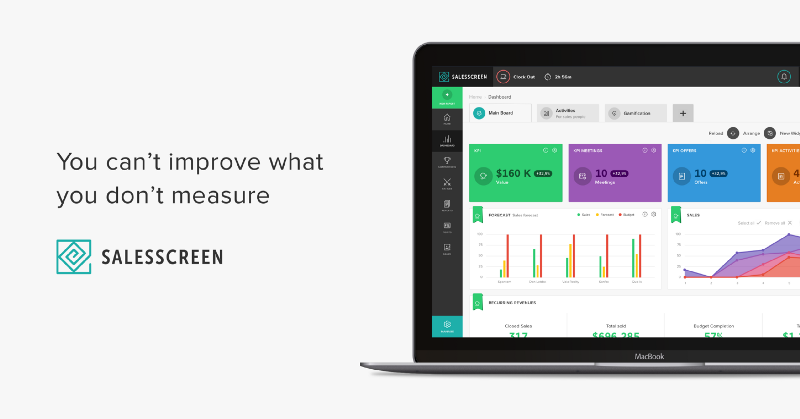
At a minimum, a good sales culture should have tools that can do at least all of the following:
- Track leads and opportunities efficiently, with information on when they are growing cold and who is responsible. Many CRMs can do this, so pick what suits you. We use Pipedrive and are quite happy.
- Make updates visible in real-time, ideally on TV screens and mobile push-notifications and make it easy to recognize achievements and run sales contests. We use SalesScreen, of course!
- Premium LinkedIn account and other “get to know each other” services.
- Email tracking and reporting software. How many links were clicked? How many times was it opened? When? -> This type of info allows you to gauge interest.
- Good video chat/conferencing service. If you’re doing live demos over the web, you can’t afford to ruin a meeting with sound problems, crashing and lag on screen share time. (We use GotoMeeting or Zoom).
- A good Cloud-based storage system, like Dropbox, for sharing files.
- An internal communications platform (we LOVE Slack!).
- A digital signature service, like DocuSign or SignIt.io.
- A good presentation platform, like Google Slides, Prezi, or others.
- A flexible project management board, like Trello.






